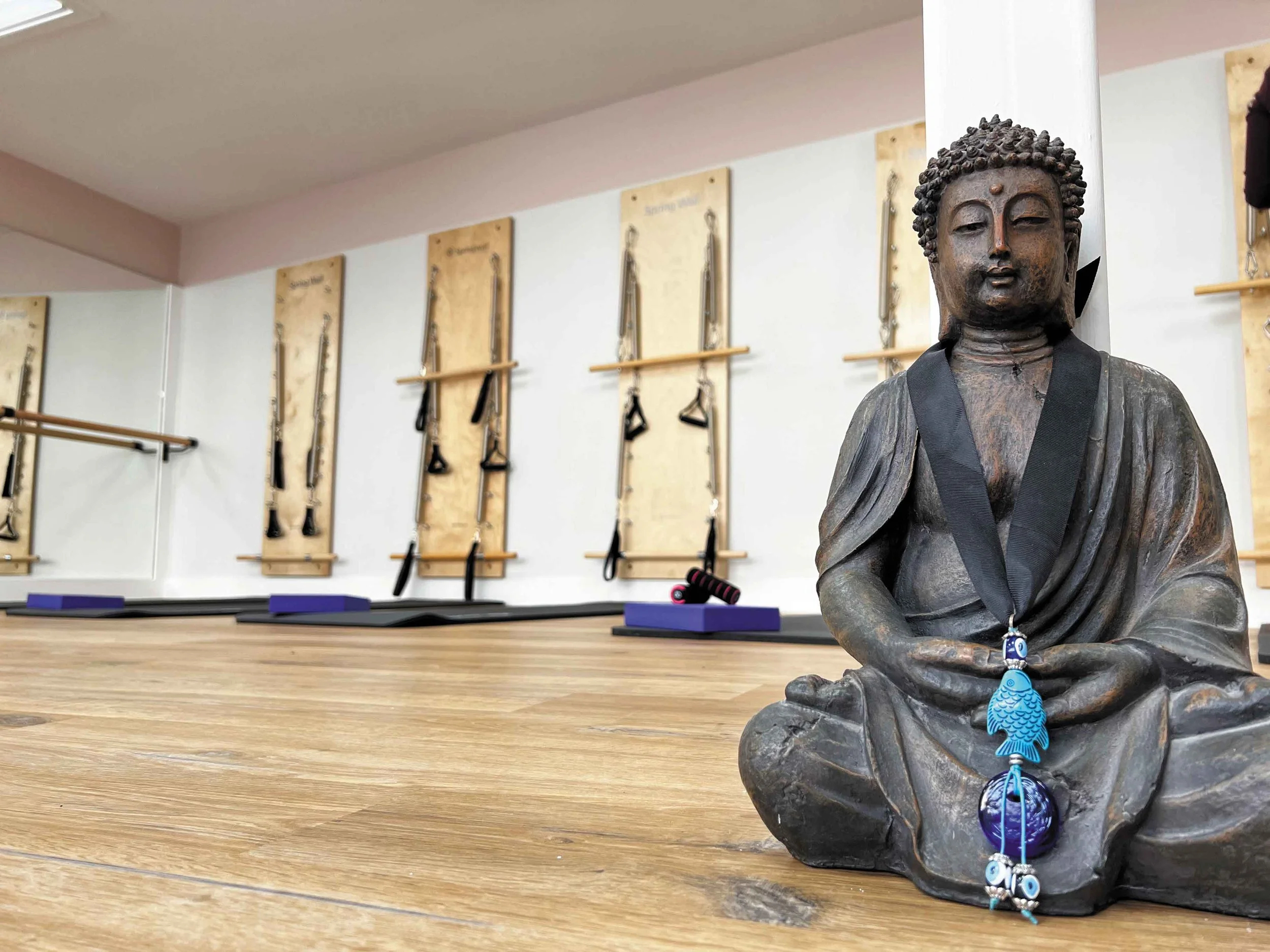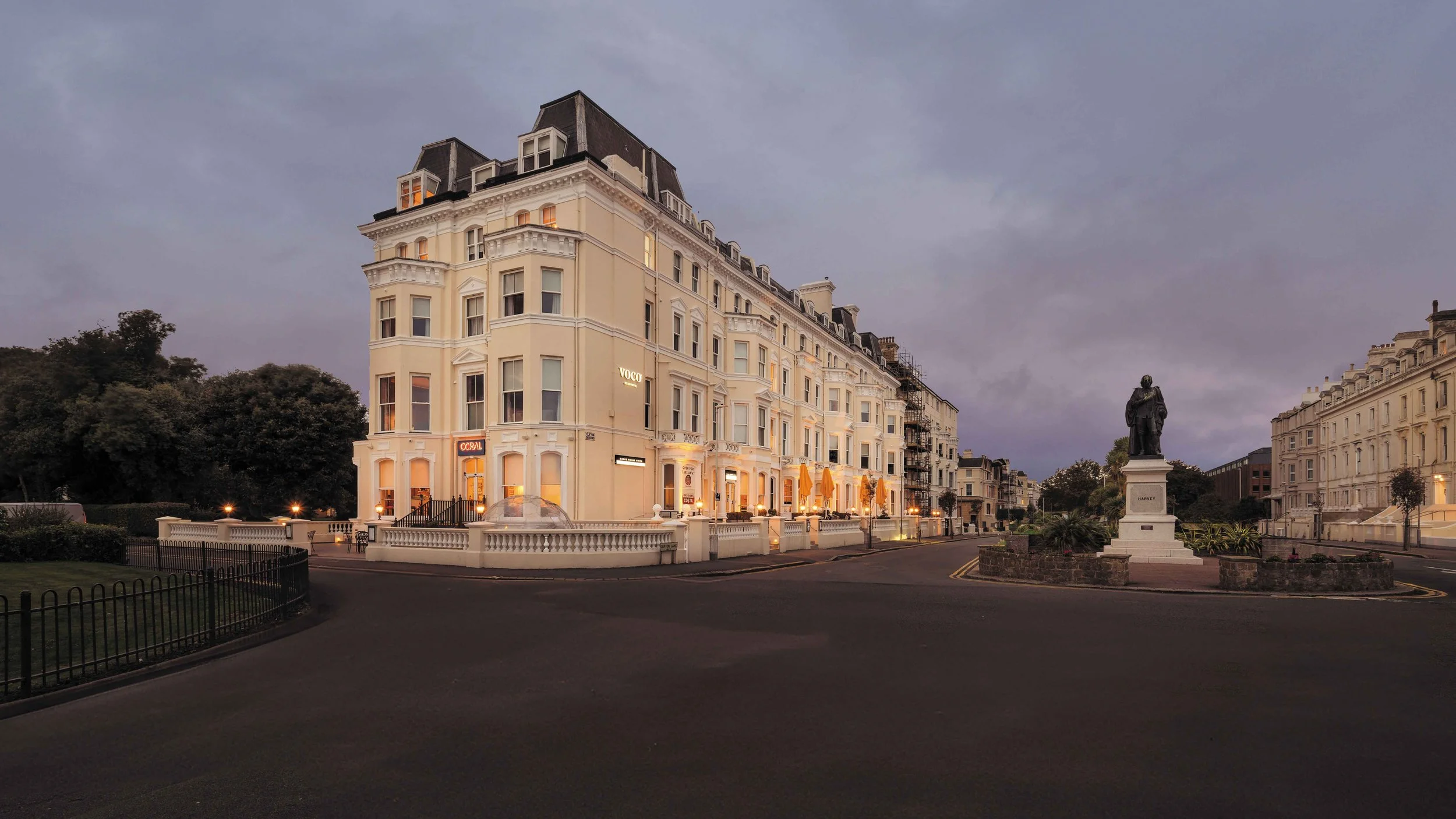Bjørn Johnson - ALL IN THE EDIT
Film director Bjørn Johnson talks to us about working on major documentaries like Don’t F*ck With Cats and Bad Sport and now directing his own in Memory Box: Echoes of 9/11
“I’d known the director for five years and we had worked very closely. He said ‘Bjorn I’ve got this great project’. He sent me this 47-page document of the story. I read it in one sitting and said ‘This is f*cking insane’.”
Margate-born Bjørn Johnson was reading the story of Netflix’s groundbreaking documentary Don’t F*ck With Cats - a true-crime series based on one of Canada’s most infamous murderers Luka Magnotta, who was hunted down by online sleuths after he posted videos of him torturing cats on social media.
Working as an editor on the series, Bjørn explained that the challenge came in creating a modern TV show from a story that had occurred in 2010.
“It was well and truly finished, it was a completely retrospective story,” he says. “But we wanted to tell it as if it was unfolding.
“2010 isn’t the very, very early days of the internet, but we were lucky to have what we had. We had a creative decision, ‘do we use the Facebook of 2010 to tell our story, or do we use the contemporary Facebook to tell our story?’. We chose to use the latter because we wanted to give it that feeling of an unfolding narrative of now. And it has opened up a can of worms because every documentary is doing it now.”
Having worked his way up from boom-mic operator to trainee editor, Bjørn made his first foray into the cutting room working on BBC dramas such as Merlin and Robin Hood before moving into editing documentaries in 2006.
“I realised it was so much more exciting than drama,” he says. “You have a free scope. You’d think telling the truth is a restraint, but it’s actually incredibly liberating. You can’t change the story but what are the ways within that with which you can create a compelling narrative.
“Using pictures, music and words to tell stories. It was a eureka moment and I knew that was what I wanted to do.”
For editors working retrospectively, gathering footage is a huge part of the job and there isn’t always the convenience of a simultaneous documentary running à la Making A Murderer.
“It’s a really exciting aspect of the job, when you have a story but necessarily knowing what archive you have to be able to tell it. You team up with archive producers. You ring lots of people from the time who were involved in the story, and sometimes they have video cassette tapes and home movies, and before you know it this whole Aladdin’s cave opens, and that’s really cool.”
““He sent me this 47-page document of the story. I read it in one sitting and said ‘This is f*cking insane’””
For a documentary that Bjørn recently worked on - Bad Sport (Netflix), which told the story of sports betting across five college basketball games - he and the editing team trailed the depths of the internet for footage, like a detective looking for a piece of evidence.
“For the longest time we had footage from four of those matches but nothing on the fifth one,” he explains. “Then one day we were on some forum and some kid from Arizona State University had recorded the match we were after. That was amazing!”
Don’t F*ck With Cats, which he says the team “knew it could be big, but it just took off”, opened doors for Bjørn to start up his own project in the chief role of director.
MEMORY BOX: ECHOES OF 9/11
In late January 2022 Sky Documentaries aired Memory Box: Echoes of 9/11, directed by Bjørn and David Belton (Shooting Dogs, Captive).
Selected by the Toronto International Film Festival as its centrepiece film to commemorate the 20th anniversary of 9/11, the film unearths a treasure trove of hidden video testimony to create an original, immersive story of 9/11 and its life-changing impact - both then and now.
In the months after the attacks, almost 600 people - survivors and eyewitnesses from New York, Shanksville and the Pentagon - entered a simple plywood video booth created by the artist Ruth Sergel. Inside this safe space, ordinary people used a self-operated camera to share their personal memories and record their deepest feelings of trauma and loss.
For 20 years, this remarkable archive remained virtually unseen until it was rediscovered by Bjørn, who then envisioned a film that brought new meaning to a much-told historical moment.
“This was a deeply personal film to make,” he says. “Having experienced the sudden loss of my mum just before 9/11, the instant life-changing impact of the attacks had always struck a powerful chord.
“She got a cancer diagnosis on the Friday afternoon and was gone by Sunday evening. It was that sudden trauma and grief, where something you weren’t expecting suddenly happens and you have no choice but to confront it.
“But how do you confront it and process it and deal with all the feelings? And ultimately, how do you move past it? That was always my way into this film.
“For years I wanted to make a film that explored the trauma I imagined the victims’ families were going through. A trauma that I suspected mirrored my own.”
Discovering Sergel’s incredible archive collection finally gave Bjørn the chance to do that.
“It was on some really rudimentary website that was buried somewhere… I don’t even know where I found it. And I was looking at this African-American cop, where he presses a button and just starts talking.
“I’ve been in cutting rooms and made films for years and years, and you have interviews, but this guy was talking in a way that felt very different. They were completely isolated, very safe with just a button for on and off on a camera. That really spoke to me.”
Twenty years later, Bjørn rebuilt the booth and took it back to Washington and New York, inviting some 50 of the original participants to come back in front of the camera.
“The essence of the project and integrity of it remained the same,” he says. “And when they returned, I think they understood that. They remembered walking into that space.
“And people grabbed it. It’s a rare thing in life to be given your own space, with no agenda, to tell your own story in your own time. I think the people recognised that.”
Insta: @memoryboxsept11












